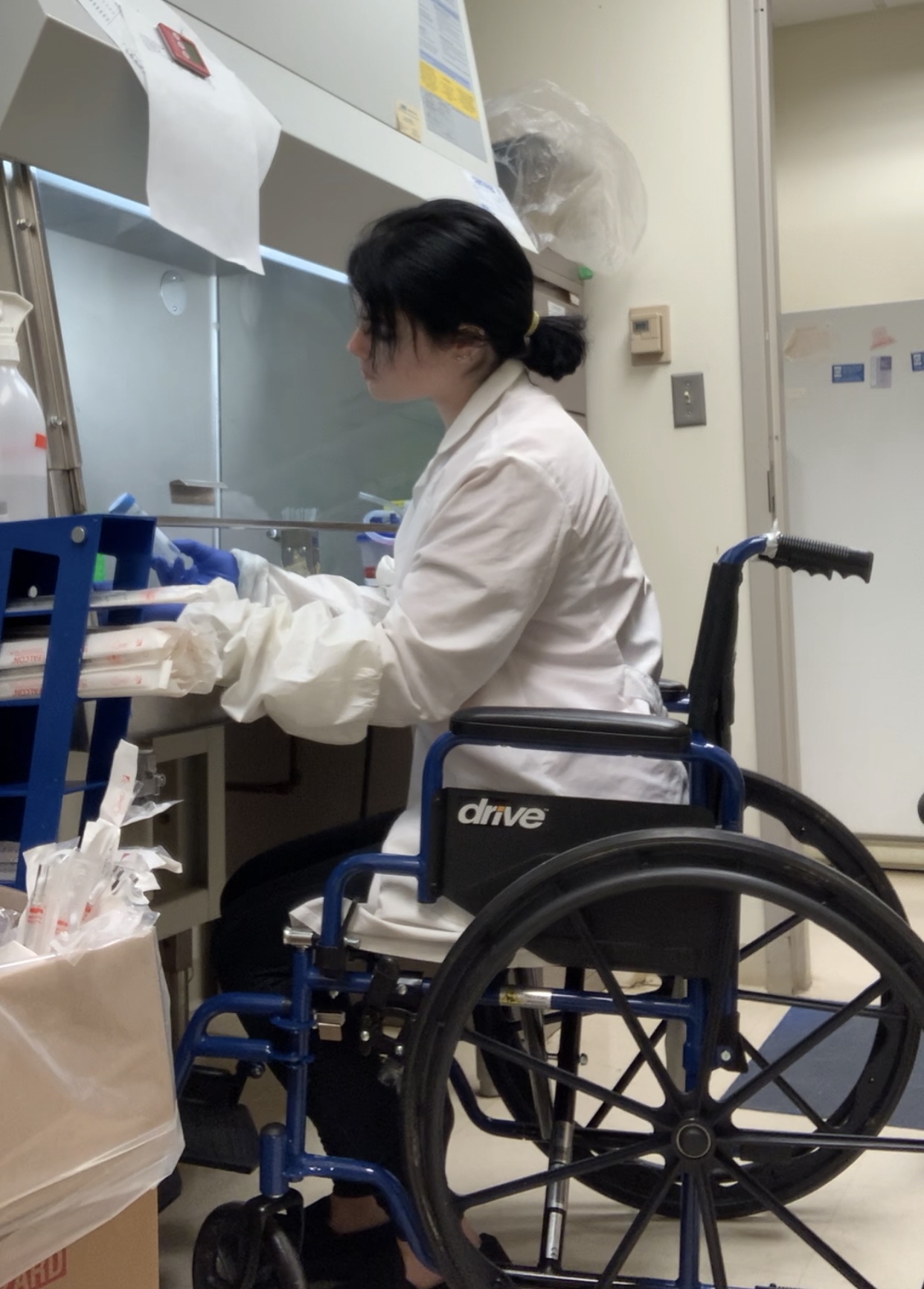The story of Sydney
I was diagnosed when I was 17 years old with tenosynovial giant cell tumor (TGCT), a rare locally aggressive tumor that occupies the synovium, tendon sheath, or bursae. This disease is often misunderstood and at a glance, appears relatively benign. Through experience, you realize this disease is more aggressive with 50-70% recurrence rates for some patients, ultimately, leading to amputations in rare instances. More common treatment trajectory is a cycle of surgery, recovery, recurrence, surgery, recovery, recurrence until the advent of targeted treatments was developed.
I was diagnosed when I had a surgery to repair my left labrum of my hip. I woke up from the surgery and the doctor had said that everything had gone as planned, but that I also had an unexpected tumor. It was compared to a polyp on a liver that anyone can live with and causes no issues. However, 6 months later, the tumor returned but with many others. That began my journey through 6 surgeries, chemotherapy, and a lot of advocacy.
I decided the day of my first recurrence that I’d get my PhD in pharmaceutical sciences with a specialty in rare oncology. In graduate school alone, I had 3 surgeries and chemotherapy. I was so different than all the other students getting their PhD because unlike many of them, I was taking the same drugs I was using in research. I identified with the list of side effects I was trying to recreate or reduce in animal models, because I was personally experiencing them everyday. Additionally, during my PhD, I joined many support groups as I continued to experience recurrence after recurrence. I learned that there was a community that deserved advocacy. What I didn’t realize at that time was that I needed to be the one to advocate for the group. I frequently found myself reading PubMed articles and began a small side project into drug targets for my disease using high throughput screening of drug libraries I had access too. I also began to answer patient questions and give webinars about the disease to my patient community. At the same time, a nonprofit called The Life Raft Group, was asking questions about drugs that TGCT shared with their disease, gastrointestinal stromal tumors (GIST). We shared a mutual mission of helping this rare disease community and, even better, they had contacts to experts who would come together to change the treatment landscape of TGCT. I answered one of their questions and TGCT Support was then developed. I have worked as a scientist-patient-advocate ever since.
